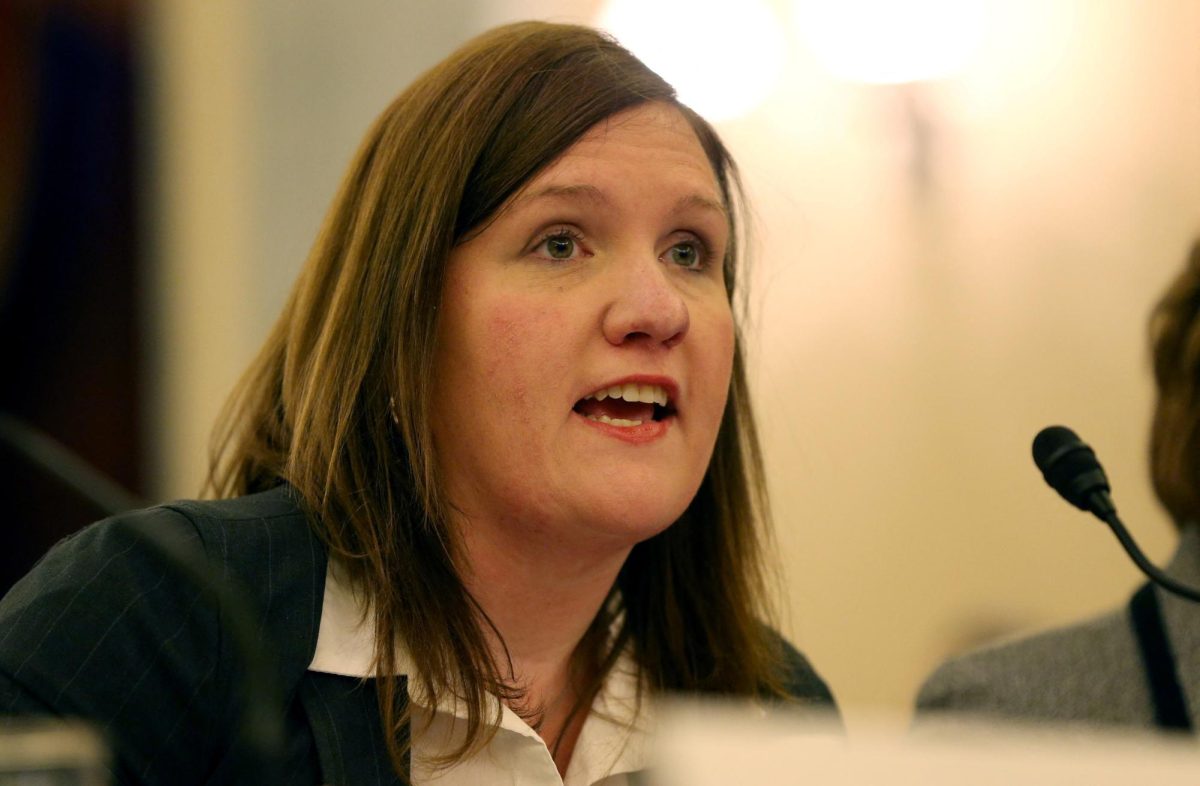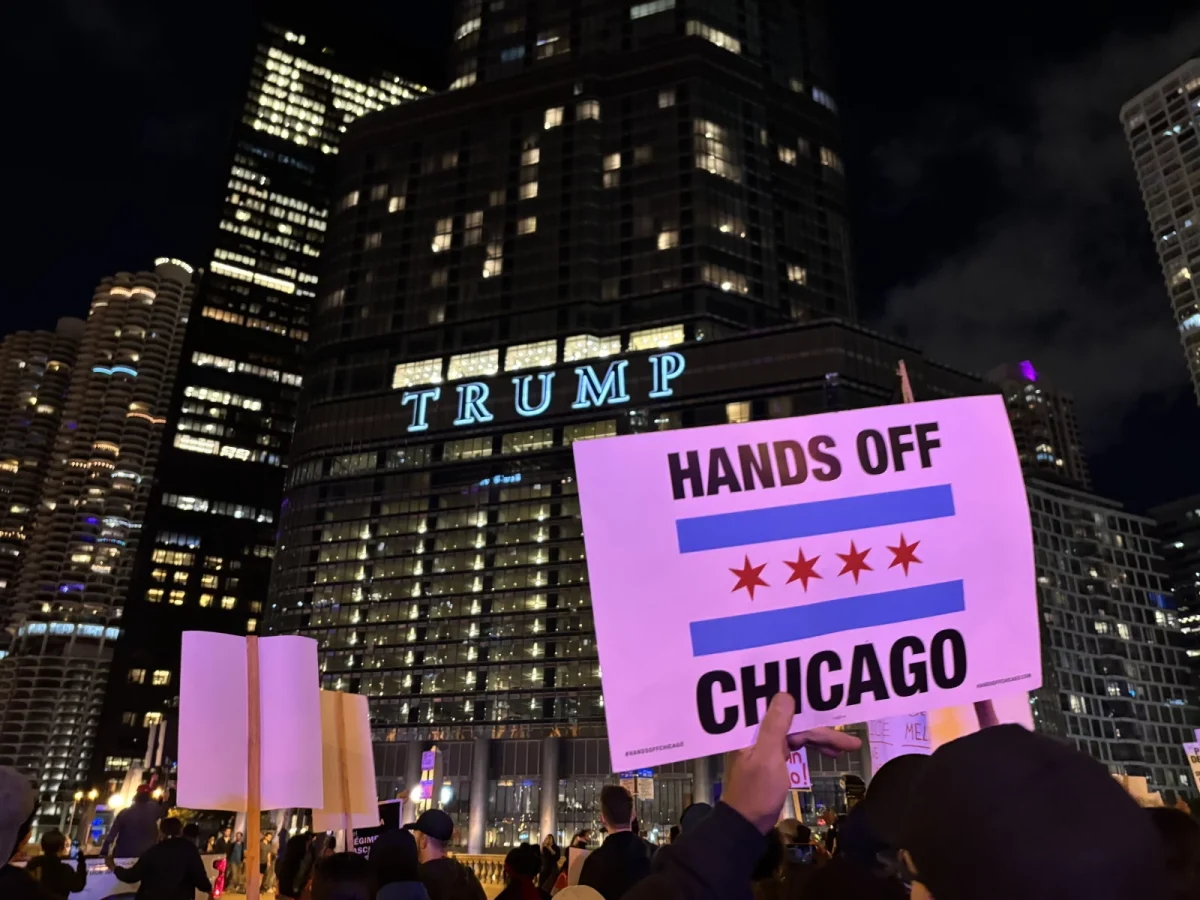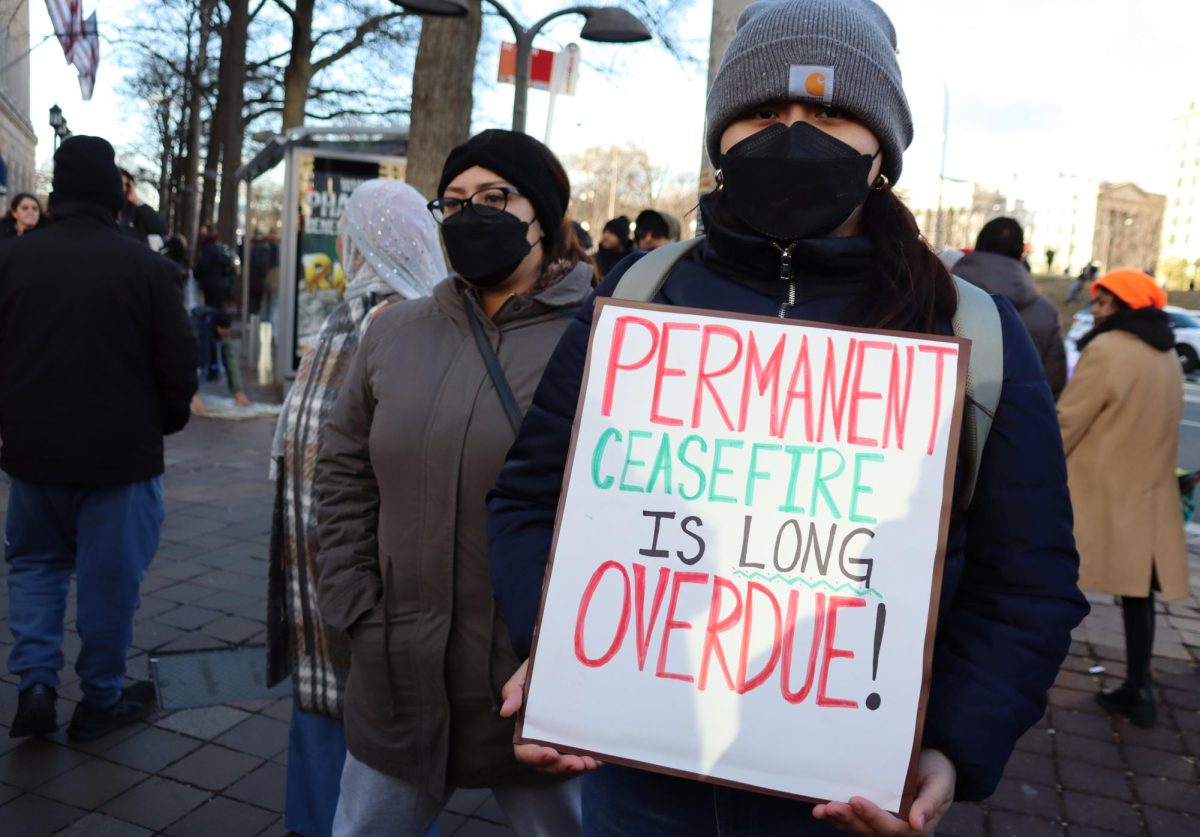In March of this year, President Trump tried to remove the Federal Trade Commissioner Rebecca Kelly Slaughter without cause, even though federal law only allows removal for misconduct or neglect. Slaughter challenged this firing in the U.S. District Court for D.C., which blocked Trump’s action. That ruling set up the appeal to the Supreme Court over whether Congress can limit the President’s removal power.
The Court granted the appeal, which allowed Trump to immediately fire Slaughter. They also treated the application submitted to the court as one that was petitioned to be ruled before judgement by the court of appeals. It went straight from the lower courts to SCOTUS. They set the case for full argument for December 2025, therefore leaving Slaughter without pay until that date.
In December, the Court plans to debate whether the limits that Congress has put on the president violate the separation of powers, and whether courts are allowed to intervene to prevent the removal of an official from public office.
The majority opinion at this stage is really just an emergency order, giving Trump the temporary power to act, not a full explanation of the constitutional reasoning. The detailed majority opinion will come after oral arguments and the final decision.
The dissent opinion, led by Justice Kagan, joined by Justices Sotomayor and Jackson, argued that Congress created the Federal Trade Commission to be independent, saying that it should protect its members from being removed for political reasons. By allowing Trump to ignore that independence, Kagan warned, the Court is giving the President too much power over independent agencies and weakening the separation of powers.
If the Supreme Court ultimately rules in favor of the President, it could significantly weaken the independence of federal agencies. Agencies like the Federal Trade Commission, National Labor Relations Board, and others that are meant to operate without political influence could become directly controlled by the president in office, since commissioners could be removed at will.
This would shift power from Congress to the President, reducing the checks and balances designed to prevent political interference in regulatory decisions. It could also open the door for the President to challenge similar removal protections in other independent agencies.
On the other hand, if the Court ultimately upholds the statutory protections, it would reinforce that Congress can set limits on presidential removal power and preserve agency independence. This case will reshape the balance of power in Washington.










